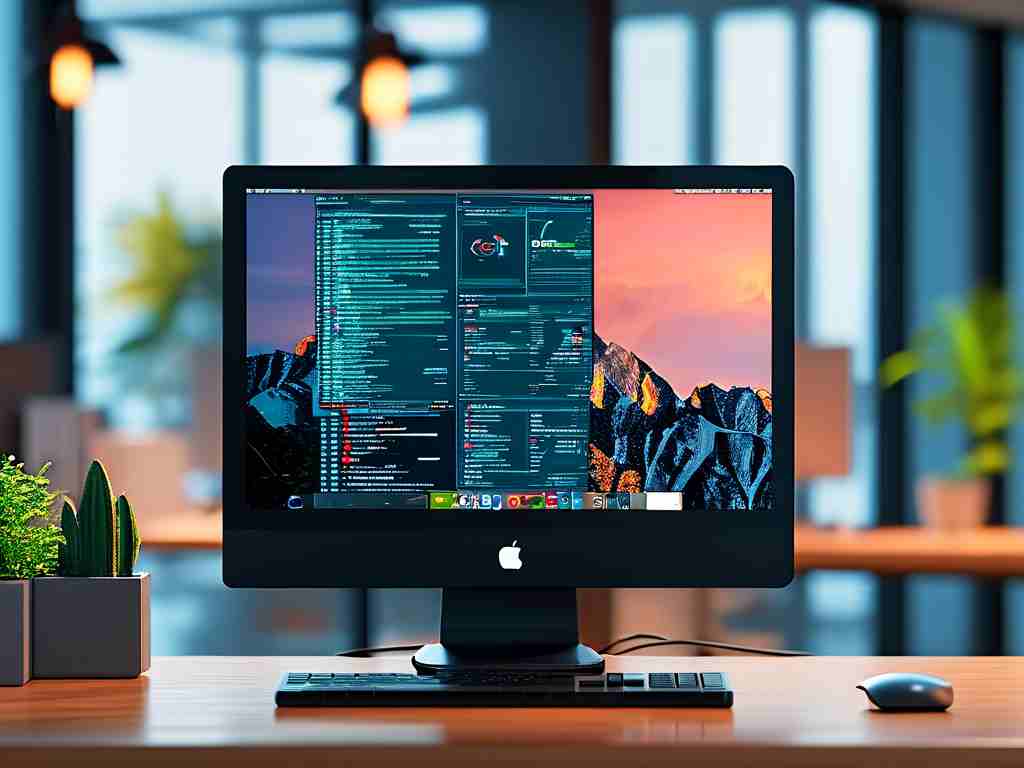In the realm of computer science, memory management stands as one of the most critical functions of an operating system (OS). While users rarely interact directly with memory allocation processes, understanding how an OS calculates and manages memory reveals the intricate mechanics behind seamless application performance. This article explores the methodologies and algorithms modern operating systems employ to handle this vital resource.

The Foundation of Memory Calculation
At its core, an operating system treats memory as a finite resource to be distributed among competing processes. When a program launches, the OS allocates a portion of physical RAM (Random Access Memory) to it. However, this process isn’t as simple as reserving a static block. Modern systems use virtual memory, a layered approach that combines physical RAM with disk space to create an illusion of abundant memory.
To calculate available memory, the OS continuously monitors two key metrics:
- Physical Memory Usage: Measured in real-time, this includes active processes and cached data.
- Virtual Memory Commit: Tracks reserved memory for applications, even if not fully utilized.
For example, Windows Task Manager and Linux’s top command display these metrics, helping users and developers diagnose performance bottlenecks.
Memory Allocation Strategies
Operating systems deploy multiple strategies to optimize memory usage. Paging and segmentation are two widely used techniques. In paging, memory is divided into fixed-size blocks (pages), while segmentation splits it into variable-sized segments based on logical units. Hybrid models like segmented paging further refine efficiency.
A practical example is the Linux kernel’s Buddy Algorithm, which manages memory blocks by splitting and merging them dynamically. When an application requests 5 MB of memory, the algorithm might allocate an 8 MB block (the nearest power-of-two size), then split the remaining 3 MB for smaller future requests. This minimizes fragmentation while ensuring quick allocations.
Handling Memory Fragmentation
Fragmentation—both external (unused gaps between allocations) and internal (unused space within allocated blocks)—poses a significant challenge. To mitigate this, operating systems use compaction (rearranging memory to consolidate free space) and slab allocation (pre-allocating memory chunks for frequent object types).
For instance, Android’s Low Memory Killer daemon proactively terminates background processes when memory runs low, prioritizing active apps. This preemptive approach reduces the risk of fragmentation-induced crashes.
Virtual Memory: Expanding Limits
When physical RAM is exhausted, the OS relies on swap space—a designated disk area—to extend virtual memory. The page replacement algorithm decides which pages to move to disk. Common algorithms include:
- LRU (Least Recently Used): Favors recently accessed pages.
- FIFO (First-In-First-Out): Removes the oldest pages.
Windows uses a variant called Clock Algorithm, which balances speed and fairness by cycling through pages like a clock’s hands.
Real-World Implications
Memory calculation errors can lead to system instability. A notorious case was the 2015 Linux "OOM Killer" bug, where the kernel incorrectly terminated critical processes due to flawed memory accounting. Patches were later introduced to refine the out-of-memory decision logic.
Developers can optimize applications by understanding OS memory behaviors. For example, using memory pooling (reusing allocated blocks) reduces overhead, while avoiding memory leaks (unreleased allocations) ensures long-term stability.
Operating systems don’t merely "calculate" memory—they orchestrate a complex dance between hardware limits and software demands. From virtual memory tricks to fragmentation combat tactics, these systems ensure that billions of calculations happen invisibly, empowering everything from smartphones to supercomputers. As software grows more demanding, innovations in memory management will remain pivotal to computing’s future.









